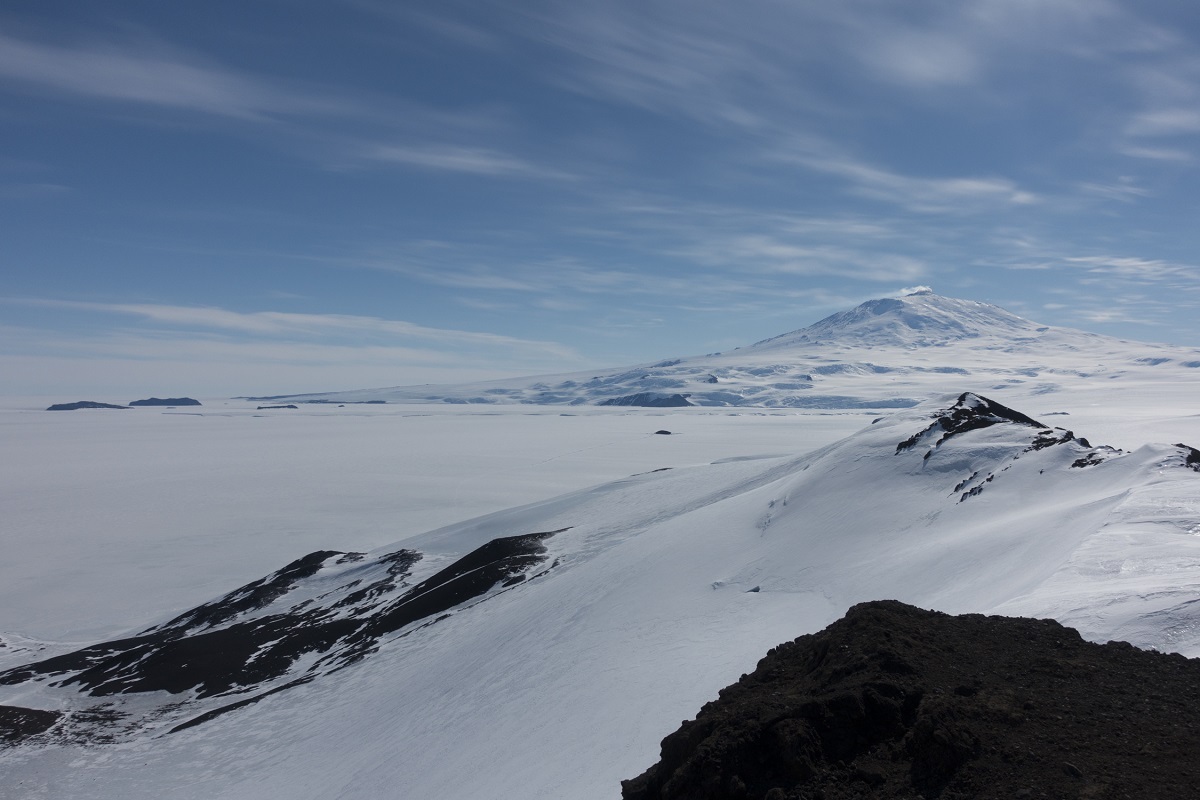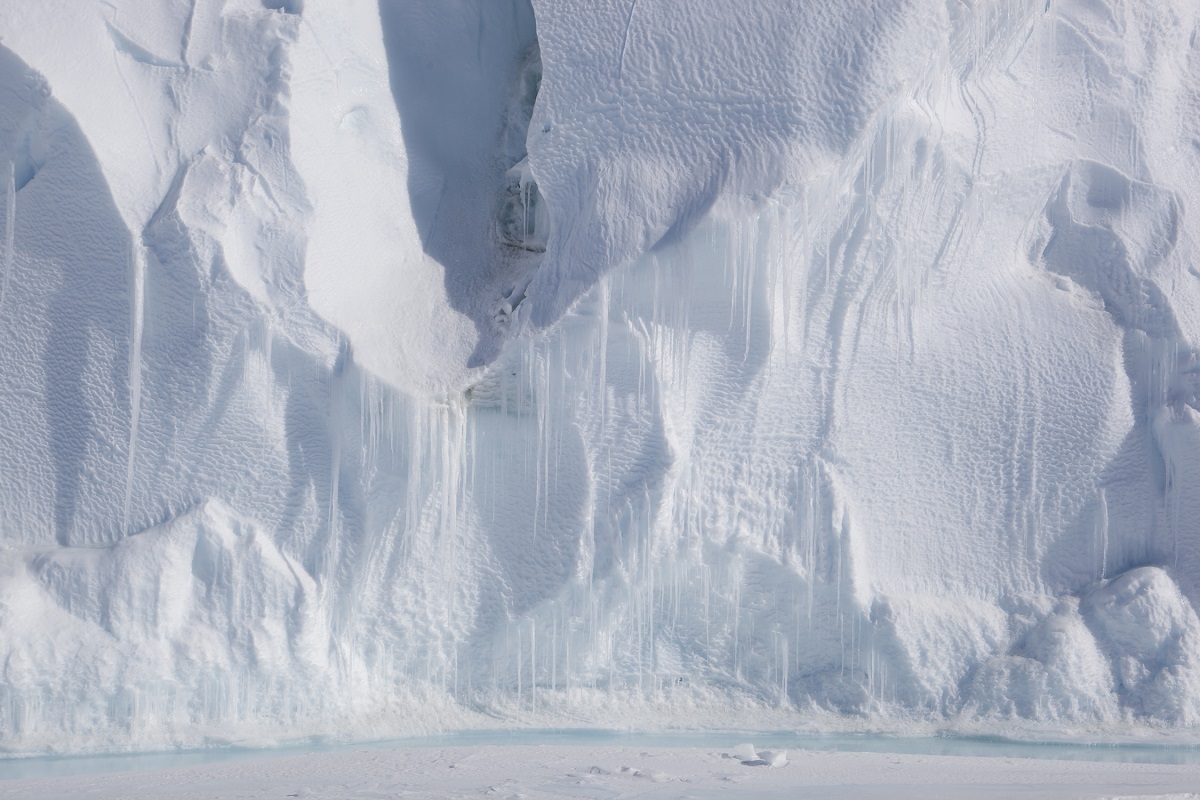If you had something to say to Antarctica, what would that be? Quite a few people actually have quite a lot to say, and the question is a surprisingly topical one for New Zealanders.

Postcards to Antarctica is an exhibition at Canterbury Museum featuring a series of short pieces of writing on postcards from personnel who lived and worked at Scott Base from days to many months. It is accompanied by video, sounds and wall-sized images. A striking feature of the exhibition is the strong feelings for Antarctica expressed by those who experience this place most directly and intimately.
For example, Rose Forrestor writes:
Dear Antarctica
I’ll never forget the moment I stepped onto your icy shell, my boots crunching in the snow, your stark whiteness mesmerising me.
I love the way the wind whips across you, throwing snow and lashing my face.
I love the crispness of your air, how you make me feel lonely but surrounded all at the same time.
You amaze me with your creations – the pressure ridges, the frozen waves of the Ross Sea, caught in time until the ice finally breaks out.
I respect you for the wild that you are – you take life, but you also give life back, with a love which will always remain with me.
You will always hold my heart Antarctica.

This is only one of many similar responses shown in the exhibition. One of the reasons strong feelings were able to be expressed seems to stem from the disarming question that the postcard writers were initially asked by its creator, photojournalist Guy Frederick. Guy did not ask them “what do you think about Antarctica”, or even “what does Antarctica mean to you?” Instead he posed a less familiar and more intriguing question, “If you had something to say to Antarctica, what would it be?” He was asking his writers to address Antarctica as a person.
By asking them to address Antarctica in the first person Guy was playing with the idea of a place having personhood. This is an idea that goes far beyond literary metaphor. It is a persistent idea, widespread in many cultures and definitely relevant to Aotearoa/New Zealand.

Another way a person can be defined is as a bearer of legal rights. That is someone against whom we cannot legally or morally trespass without consent. The writers could have been addressing Antarctica on that basis and might have found a little more to say. However there are other, broader ideas of personhood which look beyond the individual and consider relationships. Such ideas can be extended to something more holistic and more encompassing; even perhaps to considering Antarctica as a being equivalent to ourselves with as much right to exist as we do? At least that is one way you might experience deep affection for a landscape.
A place as person is an analogy that provokes as many questions as it gives answers. But the exhibition bypasses such analysis. It simply suggests it might be possible to relate to a place differently when invited to consider it as a person. If we think of the icy continent as a being equivalent to ourselves, most of us would probably agree that Antarctica is no longer an entity we can comfortably trample, pollute or even partition. In drawing an analogy, we are invited to consider the ‘other’ – in this case the Antarctic – as more than an object, more than just a non-living environment to be understood objectively. Perhaps we are being invited to respect, revere and protect? And if this all seems farfetched, witness the ease with which Guy’s postcard writers personified the Antarctic, attributing emotions, intent and even a sense of fairness.

The idea of place as a person is somewhat new to the Antarctic continent but it hints at ideas that have been located for a long time in Aotearoa/New Zealand. Te Urewera (formerly Te Urewera National Park) and the Whanganui River both now have legal status as persons. This has arisen out of the need to recognise and protect Māoritanga in a landscape using concepts available in New Zealand law. The background to Te Urewera Act 2014 gives further indications as to how we might relate to a landscape:
• Te Urewera is ancient and enduring, a fortress of nature, alive with history; its scenery is abundant with mystery, adventure, and remote beauty.
• Te Urewera has an identity in and of itself, inspiring people to commit to its care.
Postcards to Antarctica, exhibition at Canterbury Museum by Dunedin-based photojournalist Guy Frederick on until 5 November 2017.





